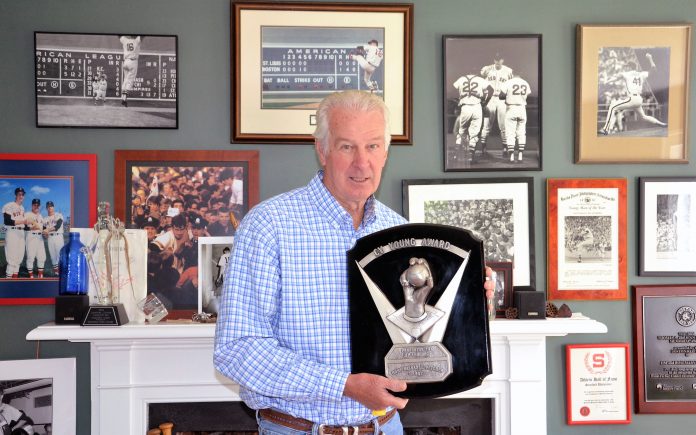
Red Sox pitcher Jim Lonborg will always have a pre-eminent position in “The Impossible Dream” lore of 1967. His 22-9 effort, along with Yaz’s Triple Crown heroics, propelled the team, a 100-1 shot to win the pennant, to a 92-70 record, its first winning season since 1958, and its first World Series since 1946.
Jim Lonborg was the first Red Sox pitcher to win the Cy Young Award—followed later by Roger Clemens (3), Pedro Martinez (2), and Rick Porcello (1)—and led the America League in wins, games started (39) and strikeouts (246). With his high-kicking motion, blazing fast ball, and drop-off-the-table curve, the six-foot, five-inch 25-year-old hurler was also second in complete games (15) and innings pitched (273.1), and his 3.16 ERA was one of the best among starting pitchers.
When Lonborg joined the Red Sox in 1965, he went 9-17 with a 4.47 ERA and then improved to 10-10 and a 3.86 ERA in 1966. A popular personality with the fans and the press, the pre-med student from Stanford University was handsome, articulate, friendly, and intellectual, quickly earning his career soubriquet, “Gentleman Jim.”
James Reynold Lonborg ended that 1967 “impossible Dream” summer by pitching a complete game in the must-win finale of the season against the Minnesota Twins to clinch the pennant. In the World Series against the St. Louis Cardinals, he won Game Two, 5-0, retiring the first 19 batters in a row and allowing only one hit, a double in the eighth inning, and then he won Game Five, 3-1, on a three hitter. On only two days rest, he pitched in Game 7 but did not have his usual form, and the Sox lost 7-2 to future Hall of Famer Bob Gibson.
“The Impossible Dream” ended as the second line of the Broadway hit stated, “To fight the unbeatable foe,” but the next line, “To bear the unbearable sorrow,” foreshadowed the nightmare that Lonborg and Red Sox fans had to endure when he tore two ligaments in his left leg in a skiing accident that December and was never the same pitcher again for the Sox.
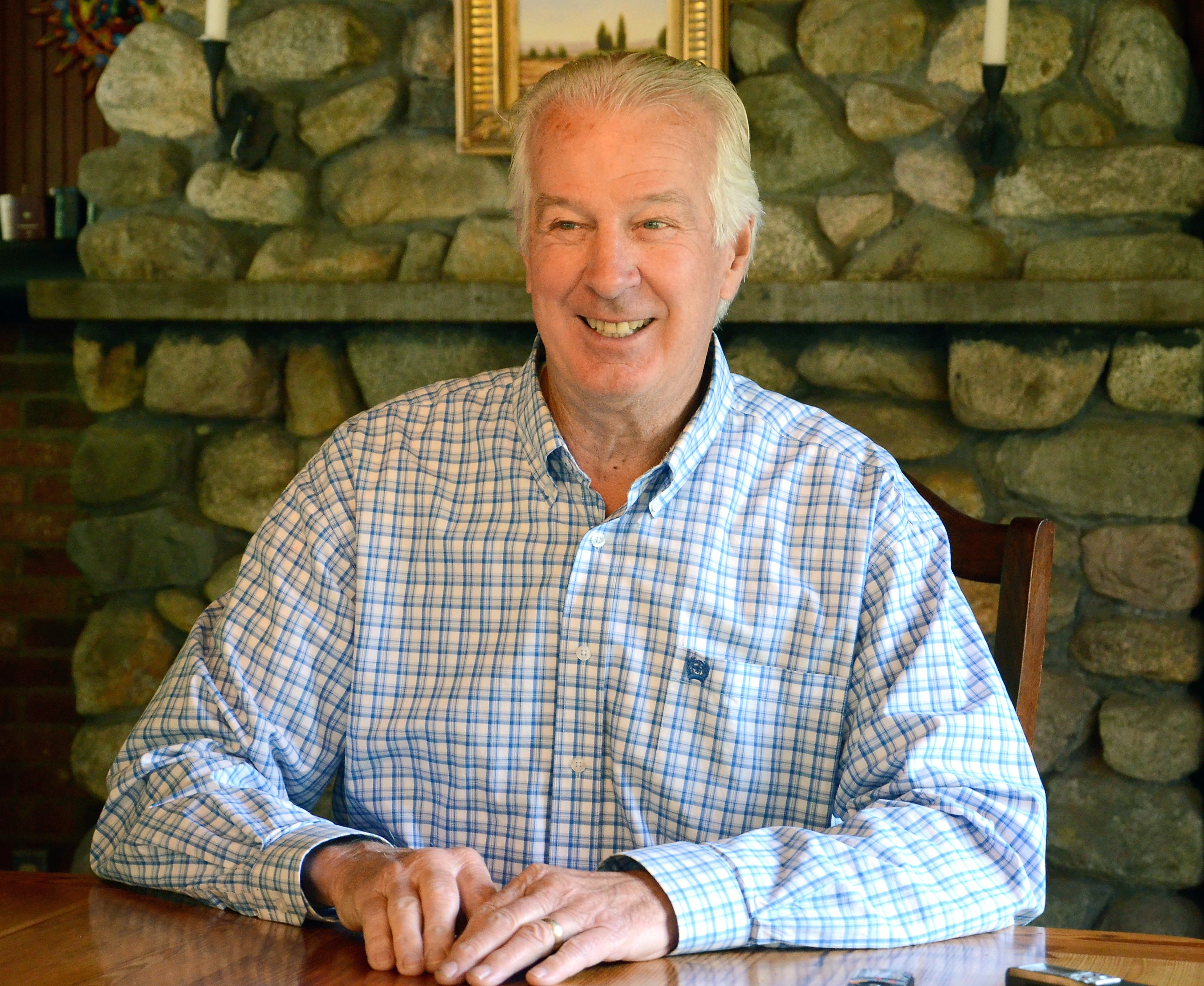
When his career ended in 1979, Lonborg’s record was 157-137—68-65 with Boston and 89-72 with Milwaukee and Philly. Trading in curve balls for cavities, Dr. Lonborg became a licensed dentist in 1983 and started his own practice in Hanover, Massachusetts, just 30 minutes south of Fenway Park. He retired in 2017 and golf has been a lifelong hobby one-time holding a 9 handicap!
Lonborg, now 76, lives with his wife Rosemary of 48 years in nearby Scituate in the 19th Century farmhouse they have owned since 1975. They have six grown children and 11 grandchildren.
Watch a rerun of the Boston-based TV sitcom “Cheers” and look carefully at the baseball photo of Sam Malone (Ted Danson), who was supposedly a pitcher for the Red Sox before buying the bar. It is actually a photo of Lonborg, and Sam also wore Lonborg’s number 16.
OK, batter up! Time to face Gentleman Jim’s delivery. Here comes the inside stuff!
LBM: What is your enduring memory of the 1967 season?
JL: For the team, there were so many moments that had significance. But the one thing that solidified us as a team was that 10-game win streak we had in July with the last six on the road. [From July 14-23, the Sox went from 42-40 to 52-40.] When we landed at Logan, we saw about 3,000 fans, who had come to acknowledge what we had just accomplished. That was pretty special.
For me, personally, it was pitching the last game of the season against the Minnesota Twins, a game that we had to win. Dean Chance [20-13] was ahead 2-0 and had us in the palm of his hand until the bottom of the sixth—when we scored five runs. I led off the inning with a bunt single down third. Jerry Adair singled; Dalton Jones singled. Then Yaz singled home the tying runs, and we were on our way. The four of us, by the way, all hit our first pitch. When Rico Petrocelli caught the pop fly final out to win 5-3, I was being congratulated, and we were celebrating excitedly on the field until we were overrun by the exuberant fans. It was pure delirium at Fenway. And it was a wonderful victory.
LBM: What was the difference in your pitching style from 1965-66 to that Cy Young year?
JL: First of all, I went to Venezuela in the winter of ’66 to work on throwing my curve ball when I was behind in the count and to gain confidence in it. So, that phase of my pitching style evolved during that season and became very helpful.
Then, Sal Maglie was an integral part of my transition from being a .500 pitcher in my previous year to a winning pitcher in ’67. In spring training, Sal could see that I had great stuff, but when I would get behind in the count, guys would be sitting on my fastball, and I still didn’t have the control of my curve that I needed.
What I also didn’t have was a fastball I could throw straight because I had this natural gift where my fastball just moved so much. So, I needed to be able to hit the corners and add this straight fastball to my repertoire. Sal taught me to throw and control a cross-seam, or four-seam as it was also called, fastball. As it spun through the air, it straightened out but still had plenty of velocity on it.
Then Sal taught me the effectiveness of pitching inside. Sal encouraged me to work the batters on the inside of the plate to open up the outside, and that approach proved to be really effective.
LBM: Explain why you would go skiing in the off-season. Do you still ski?
JL: I had done two different things after the ’66 season to prepare myself for ’67. One was the winter ball and working on my curve. After that I spent the rest of my time before spring training skiing at Lake Tahoe, Monday through Friday, when the Heavenly Valley mountain was empty. I have always loved to ski, and I kept getting stronger and stronger. When I reported to spring training in ’67, I was in the best shape of my life. So, I wanted winter skiing to be part of my regimen for pitching. My wife and I still ski; it’s just a great family sport. With the six kids growing up, it was always something we looked forward to at Sugarloaf and Waterville Valley, knowing we’d all be together.
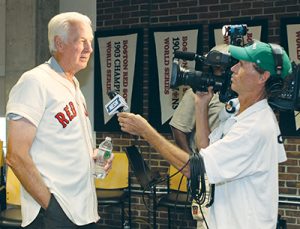
LBM: What was the extent of the December ’67 ski injury, and how did it affect your pitching?
JL: I tore two ligaments in my left knee, which I had surgically repaired four days later. I should have taken the entire ’68 season off to rehab, but I returned to the mound too soon. The mechanics of my technique changed. My left leg, my landing leg, the balancing and pivoting leg—I would have been much better off had I damaged my right leg, the push-off leg—had a weakness in the knee that translated into a delivery change for me, a compensation in my motion, and a resulting added stress to my right shoulder. I had a rotator cuff problem, and, unfortunately, there was not much knowledge of how to fix it in those days. I took a lot of cortisone shots and felt a lot of pain. I was on the DL from time to time, and I needed time off because of the shoulder pain. The rest of my career, it was my shoulder that bothered me, not the knee.
LBM: Describe your years with the Phillies where you went 75-60 in seven seasons?
JL: I got traded to Philadelphia in ’73 after having had a really good summer in Milwaukee at 14-12. I had a better year with the Brewers with my ERA of less than three [2.83] than I had had in ’67 [3.16]. To go down to Philly when they were just starting to rebuild—with that wonderful machine that included Mike Schmidt, Larry Bowa, Greg Luzinsky, and Steve Carlton—and to bond with those guys was a wonderful process. The fans were similar to Boston’s, perhaps a little more vocal with regard to performance, and they filled Veterans Stadium for every game.
The National League hitters were a little more aggressive at the plate, which was good for my style of pitching because I could throw a lot of strikes. It was a wonderful blend in Philly, and from ’76-78, we won three straight division titles and were in the playoffs. It was just a great experience to be a part of.
LBM: What made you decide to become a dentist in your life after baseball?
JL: I was a pre-med student at Stanford, majoring in biology, and had aspirations of becoming an orthopedic surgeon. I had an academic scholarship but had planned on playing basketball. However, an All-American started in front of me at center so I saw limited possibilities there. I was a walk-on on the baseball team and became very involved in baseball, obviously. I played during the summers, too, and progressed well, but I remained academically inclined, studying in case baseball didn’t work out.
During my off-seasons in the Majors, I continued to work in the medical field. Buddy LeRoux, Red Sox trainer and eventual owner, had a rehab hospital in Woburn, and I worked there to see how a hospital was organized and run.
When I left baseball, Rosemary and I were discussing what I should do for a career, and she casually mentioned, “Why don’t you become a dentist? You’ve always looked good in a uniform!” The more we talked about it, the more it became a possibility. I talked to the people at Tufts University Dental School, and they gave me a lot of good reinforcement. They had a three-year program, which made it fiscally possible for us to do with the money we had saved.
I went to UMass Boston for a year to update my chemistry and other related subjects and then on to Tufts. I began practicing in July of 1983 after my graduation in June.
LBM: With what charities are you involved?
JL: I do a lot of work with the Jimmy Fund still and for cystic fibrosis and the Susan G. Komen foundation. My wife and two of her friends here in Scituate run an organization called “Learn, Live, Love,” and they reach out to women who are struggling with the after-effects of cancer, paying for electric bills, gasoline bills, car insurance—all the supportive things you need—not so much the treatment side of cancer as much as all the little concerns that just start to mount up and have to be dealt with.
LBM: When did you take up golf? Where do you play? Handicap?
JL: My father taught me to play in California. He was a professor of agriculture, and he loved playing golf. He got out as often as he could, but it wasn’t a lot because we were all busy playing sports and hunting and fishing. We were an active family. When I was learning to play, he would give me one ball, and he’d look down at me and say, “Son, if you lose this ball, your day is over.”
My home course is now Scituate Country Club, but I played at Widow’s Walk before that. My current handicap is 16, and my best was a nine.
LBM: Name some courses you enjoy in NE and elsewhere?
JL: Oh, there are so many good ones close by: Old Sandwich, Hatherly, Black Rock, Hyannisport, Eastward Ho! and Wianno.
Aviara in San Diego, Cypress Point, Pebble Beach, Del Mar. We-Ko-Pa and The Boulders in Scottsdale, a real golfer’s paradise. Kingsbarns and Jubilee in St. Andrews, Scotland.

LBM: Who would be in your Dream Foursome of today? Of any time?
JL: The three of today would have to have a little Jack Daniels with me! Bill Murray, Bill Clinton, and Tiger Woods. Of any time: Tom Morris, Sr., Francis Ouimet, and my dad.
LBM: Are you still involved with the Red Sox?
JL: Yes, I do some “meet and greets” in the Legends Suite at Fenway Park, and I do some work with the Red Sox Foundation, especially the golf events.
LBM: How do you perceive “The Impossible Dream” year?
JL: It has been permanently etched into my life and lifestyle. I am so fortunate to be here in New England where so much significance has been placed on those players and that year. It makes me a very lucky person to go around and be remembered for what happened in Boston Red Sox history, something that has been so important to so many people in our area.
(Photography: Vicky Mackay)


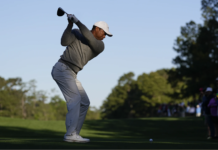
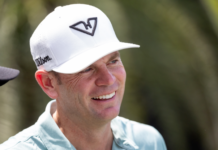
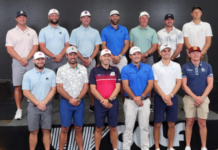
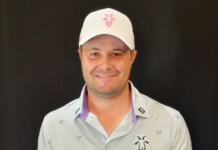

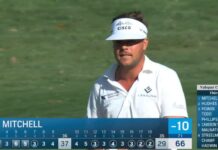
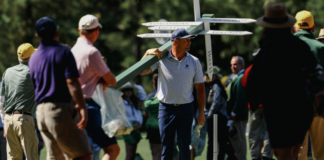

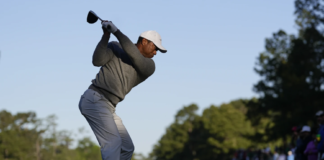
Leave a Reply